Strategic Recruitment and Onboarding Are Essential for The Best Patient Care
According to a recent piece by the Society for Human Resource Management, the biggest threat to healthcare in the United States is staffing. A 2017 survey conducted by The Economist Intelligence Unit showed that we are not producing enough qualified doctors, nurses, specialists, and support staff to meet the future medical needs of our citizens – and this looming talent shortage is top of mind for more than 90 percent of U.S. hospital executives.
While the unemployment rate for healthcare workers today is at a 10-year low, the Bureau of Labor Statistics also claims that the industry is forecast to add the most jobs (2.4 million) of any industry through 2024. But, the number of applicants per position has been declining over the last three years, and healthcare organizations face ongoing challenges in hiring velocity, or how long the hiring process takes from posting a new job through a candidate’s offer acceptance. Let’s look at how hiring and onboarding play a direct role in healthcare business outcomes.
How You Hire Matters, and How You Onboard Matters Even More
Slow hiring velocity has a variety of negative implications for healthcare organizations, and the domino effect starts with a decline in productivity. When a position goes unfilled for a long period of time, current employees must cover the open role’s responsibilities, and when a hiring process is slow and frustrating, it leads to a candidate experience that can’t compete with more efficient organizations. Ineffective hiring practices often give way to ineffective onboarding practices, and organizations fall even further behind as they lose top talent quickly and must start the whole process over again.
Why should healthcare executives care if hiring is sluggish and turnover is high? The answer lies in these variables’s effect on quality of patient care, readmission rates, and compliance. According to a recent Kaiser Health News analysis, about 80 percent of CMS-evaluated hospitals will face penalties this year. But when recruitment and onboarding efforts are strategic, comprehensive, and streamlined, these penalties can be avoided because there is continuous communication of organizational goals as well as an emphasis on exemplary patient care (and training to that effect) throughout the employee lifecycle.
Pervasive Communication of Purpose is the Cornerstone
Over the last several years, Gallup has assessed what sets top-performing healthcare organizations apart from their peers, and its findings support the importance of aligning recruits and employees to a well-articulated organizational mission that is demonstrated in practice, comprehensive development opportunities, and supportive resources. Although many healthcare organizations are weathering unprecedented change, clear and consistent communication across roles and disciplines and throughout employee tenure – but especially during onboarding – facilitates participation and buy-in and makes it less likely that people will grow disenchanted and leave.
The best onboarding initiatives promote leader desire for an engaging culture and a rewarding workplace, as well as a strong commitment to the health and wellness of the local community. Gallup has found that when these values are communicated credibly and transparently, employees and community members alike see evidence that the healthcare organization values patient outcomes. And this allows them to outperform their peers in terms of greater patient satisfaction, fewer readmissions, and stronger financial performance.
Check out this archived webinar where we explore the most essential strategies of effective healthcare onboarding program, including emphasizing KSR (knowledge, support, and relationships) to build a program in which people and technology work together to create the most positive, rewarding experience for all types of new hires from physicians to hourly staff. View archived webinar.



















